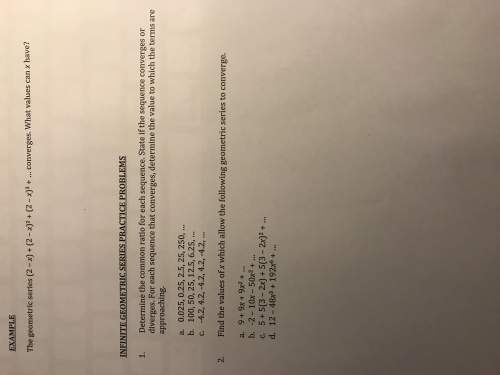
Mathematics, 21.03.2020 03:04 dvandebrake2002
Here is the argument. Given the obtuse angle x, we make a quadrilateral ABCD with ∠DAB = x, and ∠ABC = 90◦, and AD = BC. Say the perpendicular bisector to DC meets the perpendicular bisector to AB at P. Then PA = PB and PC = PD. So the triangles PAD and PBC have equal sides and are congruent. Thus ∠PAD = ∠PBC. But PAB is isosceles, hence ∠PAB = ∠PBA. Subtracting, gives x = ∠PAD−∠PAB = ∠PBC −∠PBA = 90◦. This is a preposterous conclusion – just where is the mistake in the "proof" and why does the argument break down there?

Answers: 1


Another question on Mathematics

Mathematics, 21.06.2019 18:10
Find the solution set of this inequality. enter your answer in interval notation using grouping symbols. |8x-4| ≤ 12
Answers: 1

Mathematics, 21.06.2019 18:30
Can someone me out here and the tell me the greatest common factor
Answers: 1

Mathematics, 21.06.2019 19:40
Which is the solution to the inequality? 2 3/52 1/15 b< 3 2/15 b> 3 2/15
Answers: 1

Mathematics, 21.06.2019 21:50
Aline passes through the point (–7, 5) and has a slope of 1/2 which is another point that the line passes through?
Answers: 3
You know the right answer?
Here is the argument. Given the obtuse angle x, we make a quadrilateral ABCD with ∠DAB = x, and ∠ABC...
Questions

Biology, 16.04.2020 22:08






Biology, 16.04.2020 22:08




Mathematics, 16.04.2020 22:08




Computers and Technology, 16.04.2020 22:08



Biology, 16.04.2020 22:08

Mathematics, 16.04.2020 22:08

History, 16.04.2020 22:08





